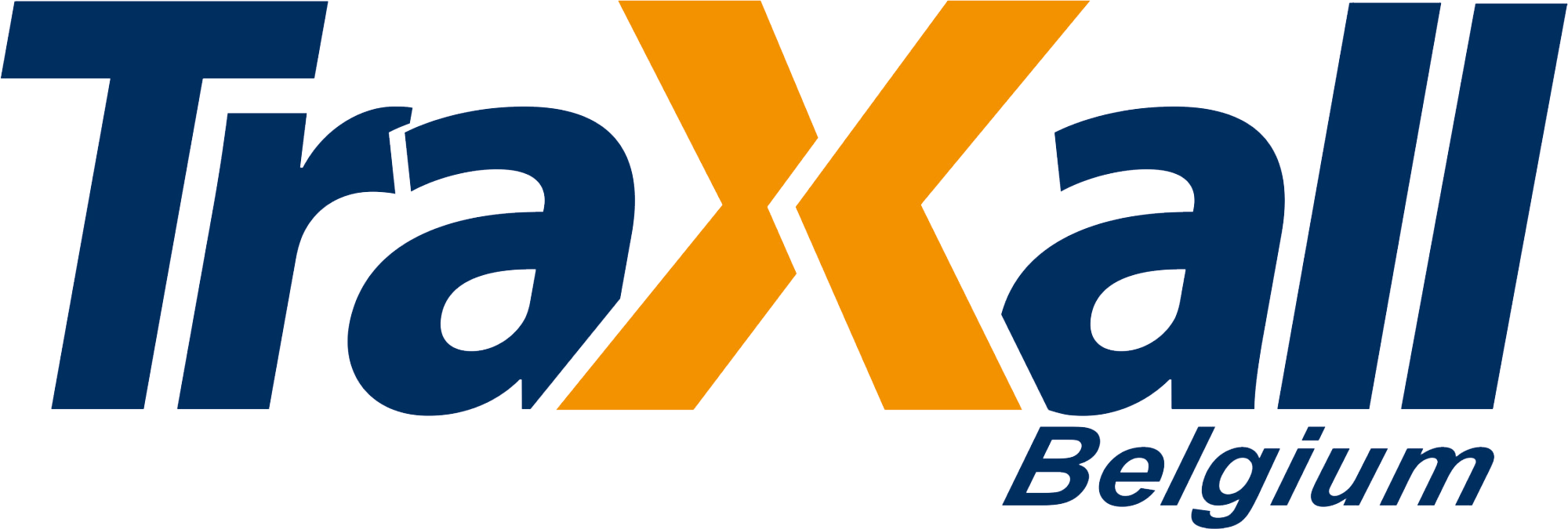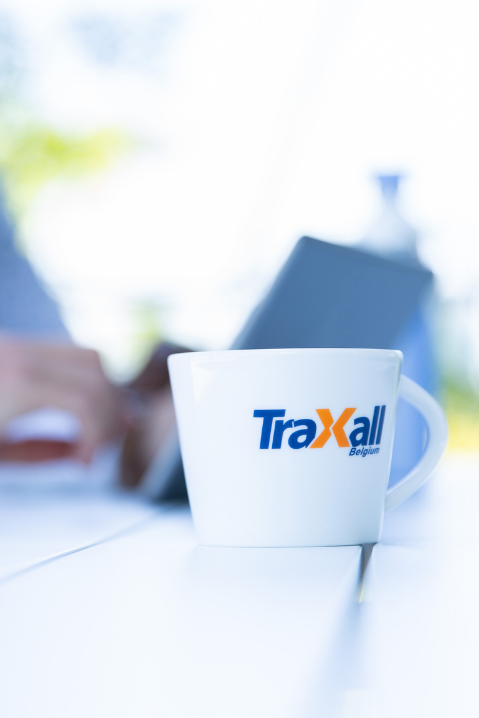Last year, the government announced its plans for an emission-free fleet by 2026. If you have not yet started greening your fleet, you should check out our concrete tips for a smooth transition.
Full TCO (Total Cost of Ownership) is a must
If you are not yet working with a full TCO approach, then this is absolutely the first thing you need to tackle. This means that you not only take account of the lease price but also add extra components such as tax deductibility, non-recoverable VAT, CO2 tax, fuel or electricity provision, charging infrastructure at the employee’s home or mobility budget. In this way, you create space to add and offer alternatives that complement the activities and functions of your company. Keep in mind that current budgets need to be redefined when implementing a full TCO.
It is also very important to monitor PHEVs closely. How does this type of car fit in with the driving behaviour of your employees and how can you best monitor this? If you want to offer plug-in hybrid cars in the short term, you run a limited risk. If you want to use the car for a longer period of time, this could be a painful tax hangover.
Realise that you have to make investments and accept that there may be extra costs involved depending on the cars you want to offer your employees. These costs can be fully, partially or not at all part of the TCO budget.
Do research
We see an enormous growth and diversity of partners for electrification, mobility and shared solutions. So start with an internal survey. Sound out your employees’ interest in the various possibilities: charging possibilities at home, mobility budget, bicycle, public transport and so on. This will give you a good guideline for estimating the success of your plan and what kind of solutions and potential partners you should focus on. Don’t forget that not everyone fits into one particular mobility profile. So sketch out a suitable profile for each employee so that you can put together an appropriate package.
Then it’s time to launch a market survey. Find out what the available parties specifically offer and whether that offer meets the specific needs of your company and employees. Be sure to compare the possibilities on a process and reporting level and possible interfaces with other tools. Be sure to ask how reimbursements to employees are handled.
Then engage partners who have the right tools, knowledge, experience and a long-term vision that fits your goals. A transparent platform is also important to keep the processes manageable for all stakeholders within your company who are involved such as HR, finance, compensation & benefits. Transparent and simple tools also ensure a positive employee experience and satisfaction.
(Re)write your policies
After your market research and internal analysis, your company is ready to compile and document the new guidelines. Don’t forget to include clear regulations on, for example, the use of charging infrastructures at home and in the office. What happens if someone leaves the company or moves house? What are the conditions for ordering an electric car? Where are you allowed to charge? What about public charging? Who is eligible for the mobility budget? These practical matters are very important to mention.
Our advice to our customers is always: bundle everything in one document. That way, you avoid references to other documents that, over time, are no longer up-to-date.
Communicate
Involve and inform your employees. Include them in your story and encourage them to make choices. Organise information sessions where you show them the various options and explain how and why your company has chosen to make these changes.
Don’t copy
Don’t copy what other companies are doing because there is no one solution for everyone. Don’t go along with the hype but make your own in-depth analysis and see what is practically feasible. Also draw up a mobility profile for each employee. A lot is already possible and this will only increase in the future. Make sure you look at what is really relevant for your company. Avoid a too fragmented offer.
Don’t stand still, take action
Time is running out. Make sure your car & mobility policy is ready by the end of 2022 at the latest. We advise you to update or review this policy annually, given the continuous changes in taxation, electrification and mobility. Be aware that the government has taken these decisions to encourage certain solutions and discourage others. Ultimately, we have to get on the train if we don’t want to be left behind and drown in the skyrocketing cost of cars.
Turn these tips into concrete steps for your business and your fleet. We wish you good luck. Do you need a one-on-one online conversation to spar about this? Please contact Farrah Pedrido, our Sales Manager.

